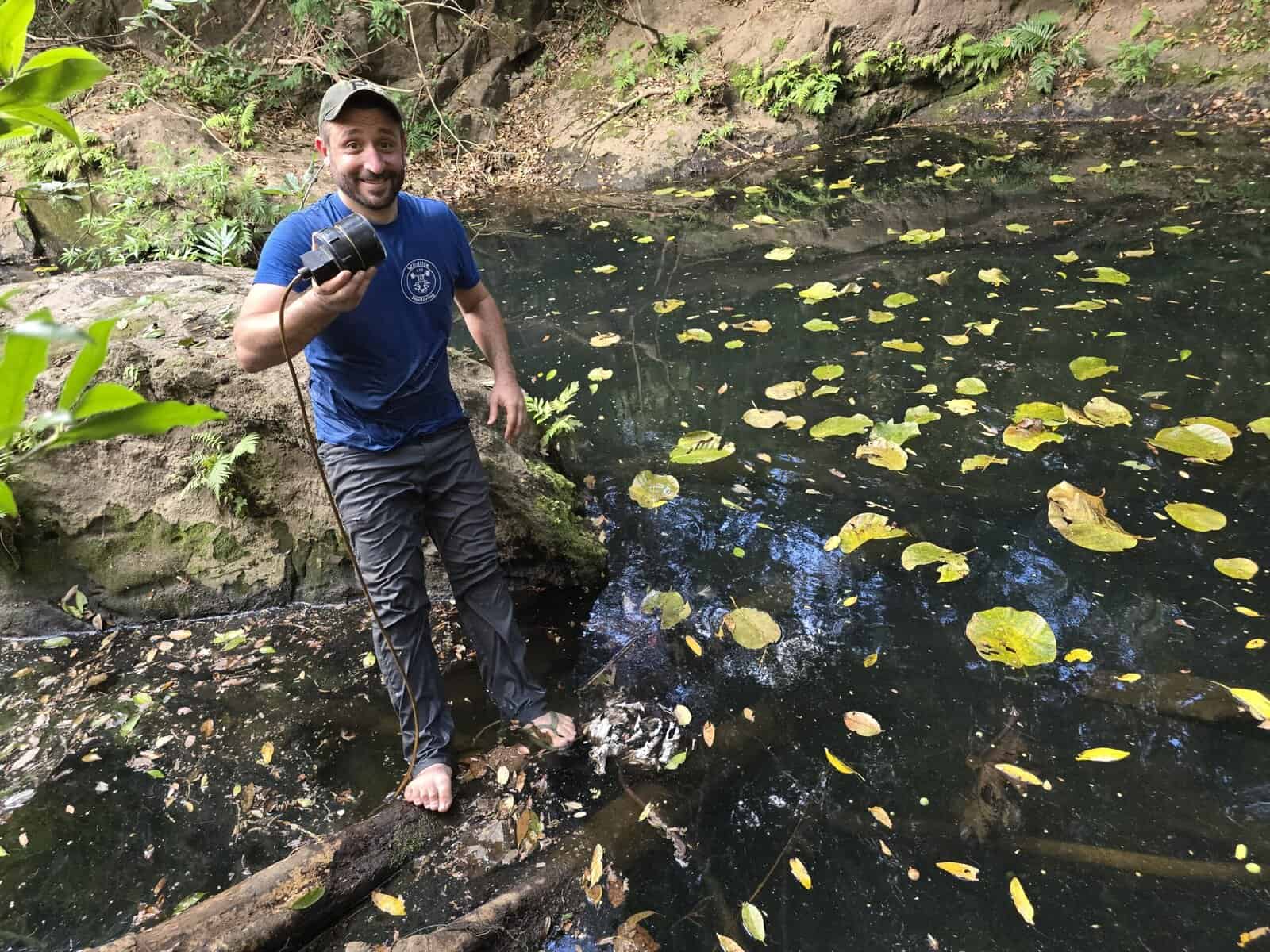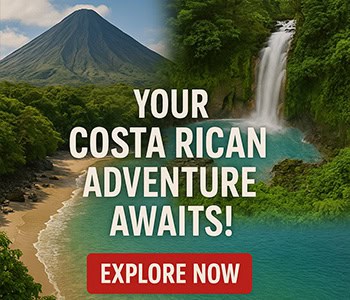I started reading The Tico Times in Pittsburgh, Pennsylvania, more than a decade ago when my wife and I first started brewing the crazy idea of moving to Costa Rica. After years as a reader, an idea popped into my head, ‘I can write a little bit. Why don’t I write wildlife articles about the creatures that I’ve recorded on my camera traps and then share the videos with the articles?’ Thanks to the good folks at The Tico Times, this little idea has worked out nicely. It turns out I enjoy writing. Diving a little deeper into each species that I write about has broadened my knowledge of the natural world in Costa Rica.
A side benefit of writing wildlife articles that I didn’t see coming was a steady stream of interesting people reaching out after reading one article or another. The messages come in many shapes and sizes, sometimes somebody wants to say they enjoyed something I wrote, sometimes somebody wants to point out how wrong I am about something. It’s all good. Every once in a while, an article will spark a conversation that leads to a real-life interaction. A couple of those interactions have included the world’s tallest British photographer, who came with me to review camera traps and ended up giving me some very nice professional photos of the experience as well as a guy who works for PBS, who doesn’t know it yet, but I’ll someday convince to make some sort of wildlife documentary with me.
Recently, my articles prompted a message from Canadian fisheries research scientist Dr. Christopher Bunt. Chris told me all about how he and his team use underwater camera traps to do all sorts of interesting fish research. He went on to say that he’d be willing to come to Costa Rica with one of his cameras, teach me how to use it, and leave it with me to play with as I saw fit. I had done some research into underwater camera traps in the past and pretty much came up empty. Now I had a fellow who designs underwater camera traps and implements them all over the world offering to bring one down to Costa Rica? Sign me up.
I knew exactly where I wanted to install the camera as soon as we started discussing the idea, one of my favorite places on the planet, Estación Experimental Forestal Horizontes. Horizontes is a protected area in northern Guanacaste. Deep in the tropical dry forest of this property there’s a stream that runs with cool, clear water year-round. It flows amongst enormous trees and every so often opens up into wide slow-moving sections that are almost like ponds. I had been camera trapping the area alongside this stream for a few years with terrific results and the idea that I could start to learn what’s below the water’s surface was exciting.
I knew from camera trapping the banks of the stream that we’d have the opportunity to record iguanas, Baird’s tapirs, and neotropical river otters swimming through the water. While hiking along the stream to review my cameras, I’d often see a wide variety of fish swimming around in there and learning about the different species was going to be fun. Plus, in all of the time that I hiked along the stream and camera trapped its banks, I’d never seen any signs of crocodiles, so we’d be safe entering the water to install the camera.
Chris came down to Costa Rica a few weeks ago and stayed at Horizontes. We spent a few days hiking all over the place, reviewing my terrestrial camera traps and searching the magical stream for an area to install the underwater camera. We eventually found what seemed to be the perfect spot where the stream widened slightly, and got a little bit deep, a foot or two over my head. In the deep spot, there was a large boulder in the stream that would funnel everything passing by into a smaller area. We decided to attach the camera onto a submerged log alongside the boulder. We spent a few hours properly camouflaging the part that stays on land and splashing around in the stream to install the part that goes in the water.
After only a few days of leaving the camera running 24/7 underwater, it was time for Chris to get home. Before heading to the airport, we stopped by Horizontes to quickly review the camera. It seemed as though everything was functioning normally when we arrived, and Chris swapped out the SD card so he could review our preliminary results once he got home. A day or two later Chris sent me the first video from the underwater camera trap on Whatsapp, it depicted a decent-sized crocodile slowly drifting by the camera, propelled by a few swipes of its scaled tail. I guess there are crocodiles in there after all.
Take a look at a few of our favorite clips from the camera so far in the video below and stay tuned, I’m sure I’ll have more wild videos coming in the future.
About the Author
Vincent Losasso, founder of Guanacaste Wildlife Monitoring, is a biologist who works with camera traps throughout Costa Rica.






